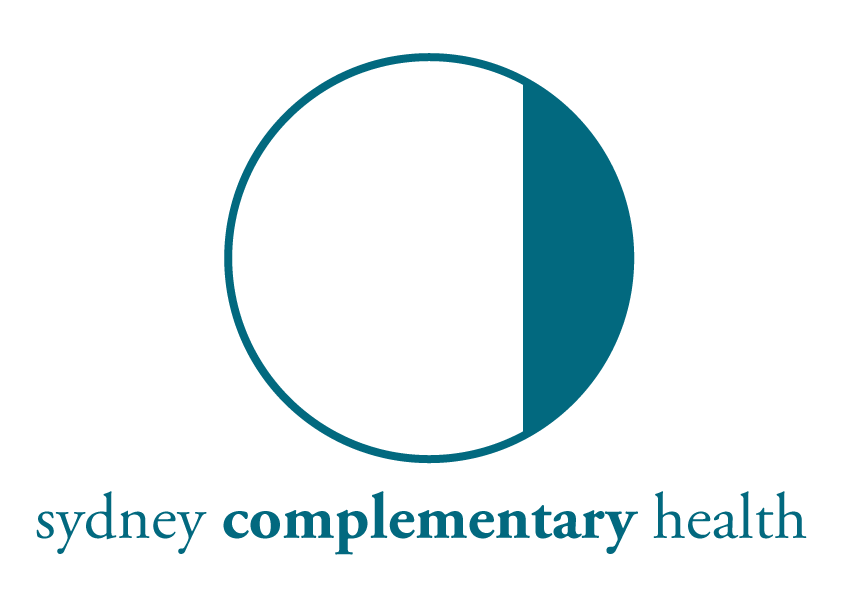I’ve had a few people in with shoulder problems related to their rotator cuff. I’ve found injuries always come in “runs”, so I thought this’d be a good time to briefly discuss the group. A lot of people are diagnosed with a rotator cuff tear or dysfunction without anyone ever really going into what is happening or even specifically which muscle is involved.
The rotator cuff is made up of four muscles that both stabilise and move the shoulder joint. The glenohumeral (shoulder) joint is not overly stable due to the very shallow socket of the glenoid fossa but this is what allows the huge range of motion in this joint. As a result of the shallowness and instability, the muscles that cross the joint aid the ligaments of the area in strengthening the joint. Direct impacts to the shoulder or falling on an outstretched hand can easily dislocate or strain the joint damaging both ligaments and the tendons of the muscles.
The rotator consists of: the supraspinatus, which abducts (raises to the side) the arm; the infraspinatus and teres minor muscles, which both externally rotate (turn the hand palm out) the arm; and the subscapularis that internally rotates (turns the hand palm in) the arm.
Many of the patients I see with problem are troubled by having their arms stretched out for long periods. Hairdressers are commonly affected by having their arms at shoulder height all day. People who drive with extended arms and similarly people who work on laptops or with the keyboard pushed too far away can also experience problems. From a sleeping point of view, sleeping with your arms above your head can leave these muscles in spasm.
Most tightness and spasm will react well to Bowen therapy or remedial massage, however tears may need to be referred on to a surgeon depending on the grade of tear and any instability in the shoulder. Stretching these muscles isn’t overly easy due their attachment to the highly mobile scapula but there a few things that can be done.
